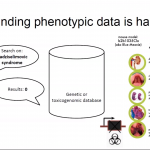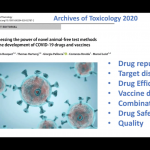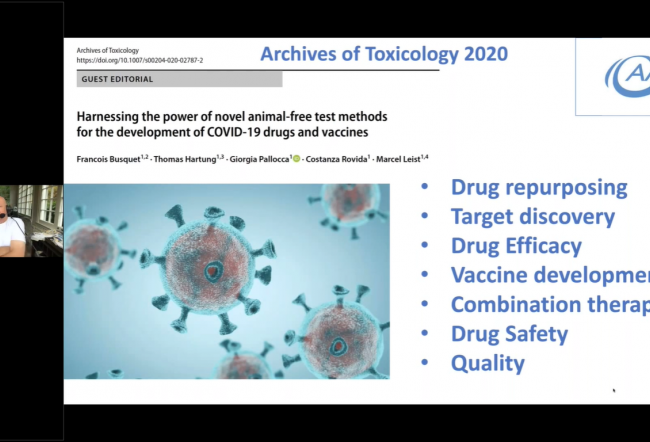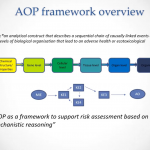Modeling exposure events and adverse outcome pathways using open biological ontologies
Chris Munga, Research Scientist, Lawrence Berkeley National Laboratory
Chris Munga, Research Scientist, Lawrence Berkeley National Laboratory The goal of OpenTox is to develop an interoperable predictive toxicology framework. This will require computable representations of phenomena such as exposure events and Adverse Outcome Pathways (AOPs). Currently, these may be represented using free text descriptors which are opaque to computation. Ontologies from the Open Biomedical Ontologies (OBO) framework can be used to represent these key components, making data more Findable, Accessible, Interoperable and Reusable. Additionally, a structured ontological representation can be used to support machine reasoning and predictive applications. I will provide examples from projects such as the Monarch Initiative, the NCATS Translator project and the Gene Ontology, and show how this can be used in the development of the OpenTox information framework.






